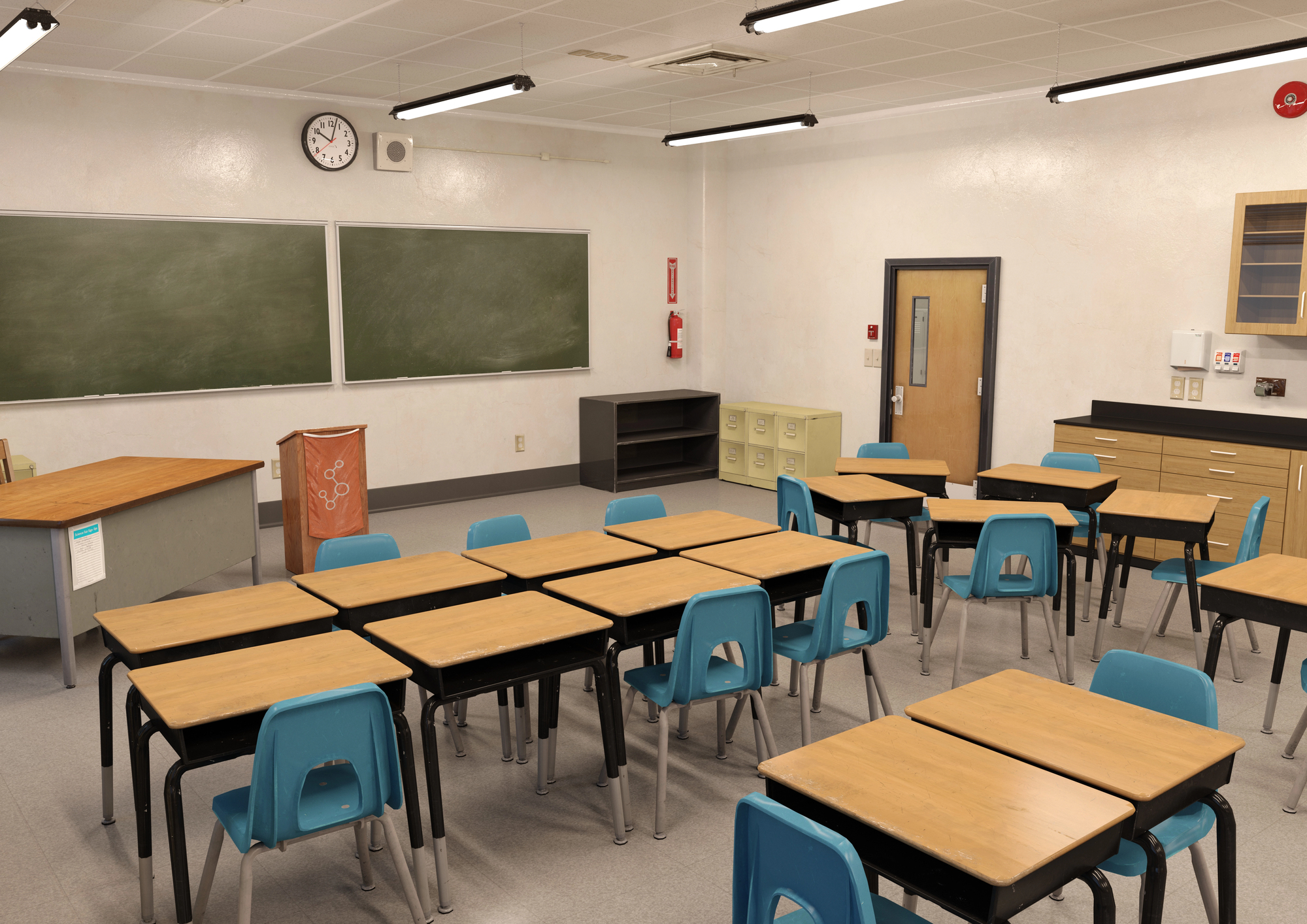Classroom design is a key part of building an effective learning environment. Tables help students work together, stay on task, and get things done more easily. The right table can support individual study, group projects, and hands-on activities without needing to rearrange the room constantly. Teachers benefit from flexible tables that support their teaching style and the needs of their students. Size, shape, and materials all influence how well a table fits into a classroom. Thoughtful table choices can boost organization, reduce distractions, and make the space feel more welcoming. There are many styles of school tables for classrooms that are designed to meet both student and teacher needs. Picking the right ones starts with understanding how the space is used each day. When the classroom layout works well, students are more likely to stay engaged and on task.
Choose tables that match the learning style
Different teaching styles need different kinds of tables. Some classrooms use group work and discussions as part of daily lessons. In these settings, round or trapezoid tables make it easy for students to see each other and share ideas. Other classrooms focus more on independent work, where rectangular tables or individual desks may be more effective. Teachers who switch between these styles can benefit from tables that are easy to move and rearrange. Lightweight tables with durable legs allow for quick changes in room setup. Matching the table design to the teaching method helps learning feel natural and structured. A flexible classroom setup supports both student engagement and teacher efficiency.
Think about comfort and function
Tables should be the right height and size for the students who use them. Younger students need smaller tables with rounded edges for safety, while older students need larger workspaces for books, papers, and devices. Smooth surfaces support writing and are easier to keep clean. Some tables include built-in features like storage or adjustable heights, making them useful for different ages and activities. A table that is oversized can make the room feel cramped, while one that is on the small side can hinder the learning space. Tables should also allow students to sit comfortably with enough legroom. Comfort supports longer focus and better performance. Well-designed tables create a balanced space that works for everyone.
Use shape and design to maximize space
The shape of a table affects how well it fits into the classroom and how students use the space. Round tables encourage teamwork, while rectangle and square tables help organize the room into neat rows or sections. Trapezoid and kidney-shaped tables are great for small group instruction, especially in early grades. You can connect these shapes to make bigger workstations whenever you need to. Classrooms with limited space benefit from nesting or folding tables that store easily when not in use. Neutral colors and clean lines help the room feel calm and open. Choosing the right shapes can make the classroom feel more inviting and less cluttered. Smart table design supports learning and movement.
Pick durable tables that will last
School furniture sees a lot of use every day, so quality matters. Tables should be made of strong materials that can handle books, supplies, and student activity without damage. Laminate tops and steel legs are common because they resist stains, scratches, and wobbling. Tables should also be easy to clean between lessons and after messy projects. Choosing tables that are built to last saves money in the long run. Broken or unstable tables can become safety issues or distractions in class. Reliable furniture gives teachers one less thing to worry about. Investing in solid tables helps classrooms run more smoothly.
Plan ahead for growth and changes
Classroom needs change over time, so it’s helpful to select tables that can adapt. Modular tables that connect in different ways offer options for future room setups. Schools that expect enrollment changes or new programs will need furniture that works in more than one layout. Tables that are neutral in color and classic in shape blend easily into new spaces. Adjustability adds value, especially in schools with students of different ages or classrooms used for multiple subjects. Planning ahead reduces the need to buy all new furniture down the road. Versatile tables support long-term success. Flexibility ensures that classrooms stay useful and welcoming year after year.
The tables used in a classroom shape how students work, interact, and stay organized. Good table choices support learning by offering comfort, durability, and space to grow. When matched to the teaching style and classroom size, tables help create a productive environment. Strong materials, smart shapes, and thoughtful features all make a difference in day-to-day learning. A well-chosen table helps students stay focused and gives teachers the tools they need to lead effective lessons. Schools that take the time to plan their furniture choices see better results in both behavior and learning. Classrooms become more adaptable and enjoyable with the right tables in place. Quality tables help every student feel ready to learn and succeed.
DISCLAIMER – “Views Expressed Disclaimer: Views and opinions expressed are those of the authors and do not reflect the official position of any other author, agency, organization, employer or company, including NEO CYMED PUBLISHING LIMITED, which is the publishing company performing under the name Cyprus-Mail…more







Click here to change your cookie preferences